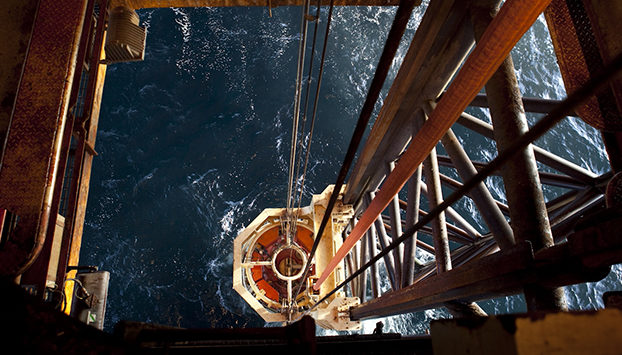
UK industrial production rose more than economists forecast in November, led by a surge in oil and gas as a major North Sea field resumed operations.
The 2.1 percent increase from October, the biggest in seven months, was more than double the 1 percent predicted by economists in a Bloomberg survey. Manufacturing also rose more than expected, by 1.3 percent.
The advance in industrial output followed a 1.1 percent drop in October and means it will have to rise 0.3 percent in December to avoid a second quarterly decline. Production fell 0.4 percent in the three months through September, detracting from overall economic growth.
While the U.K. economy has defied expectations of a downturn since the June vote to leave the European Union, that’s been largely due to services and consumer spending. The strength of the latter may come under some pressure this year as the pound’s decline since the Brexit referendum fuels a sharp pickup in inflation.
“The latest figures suggest that economic growth has maintained pace, and is starting to become better balanced,” said Paul Hollingsworth, an economist at Capital Economics. Nevertheless, manufacturing and production will likely drag on growth, he said, “so it will remain up to the services sector to drive overall GDP.”
Publishing the industrial data on Wednesday, the Office for National Statistics said the performance of sectors other than services has been “erratic and far more subdued.” Some of that has been due to maintenance of the Buzzard oil field that curbed output in previous months.
A separate report from the ONS showed the goods-trade deficit widened in November to 12.2 billion pounds ($15 billion) in November from 9.9 billion pounds in October. The widening was largely due to a surge in imports of transport equipment such as ships and aircraft, which rose 1.4 billion pounds. Total imports surged 8.4 percent, far outpacing a 2.8 percent increase in exports.
There were signs of continued weakness in construction, with total building output falling 0.2 percent in November, though it was up 1.5 percent year on year. The ONS estimates that a 1.5 percent increase is needed in December to avoid a decline in construction over the fourth quarter as a whole.
“Overall, construction and production output has been broadly flat over the last few months,” said ONS statistician Kate Davies.
IHS Markit said this month that manufacturing growth accelerated in December, with a gauge of expansion rising to the highest since June 2014. While the weaker pound is making exports cheaper, it’s also set to drive up costs for British consumers, the main driver of the economy’s resilience.
Recommended for you
